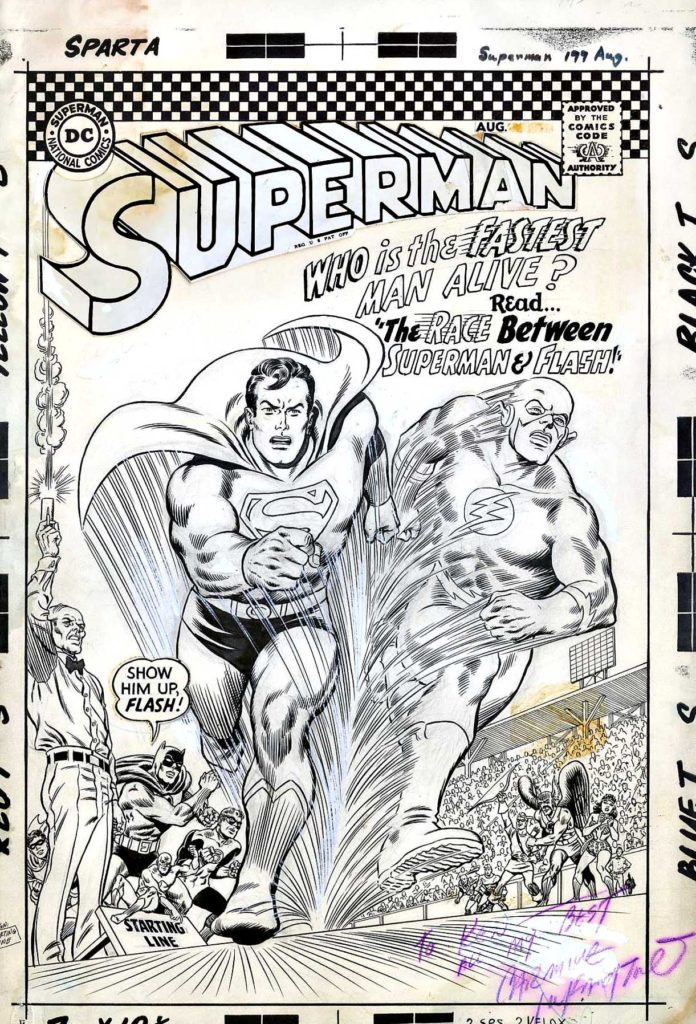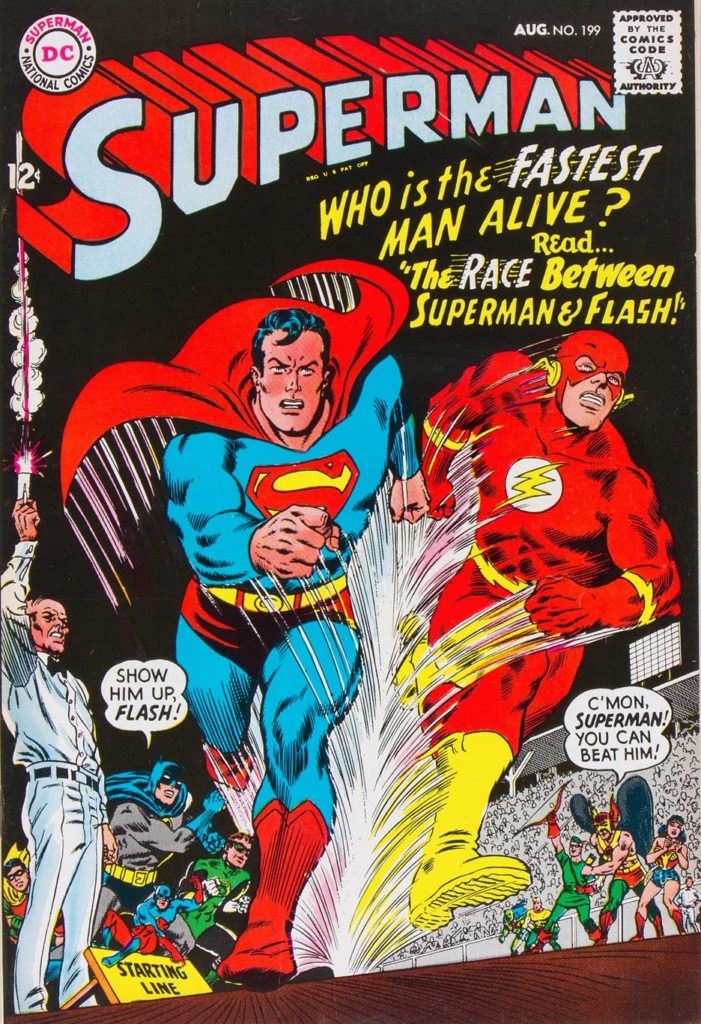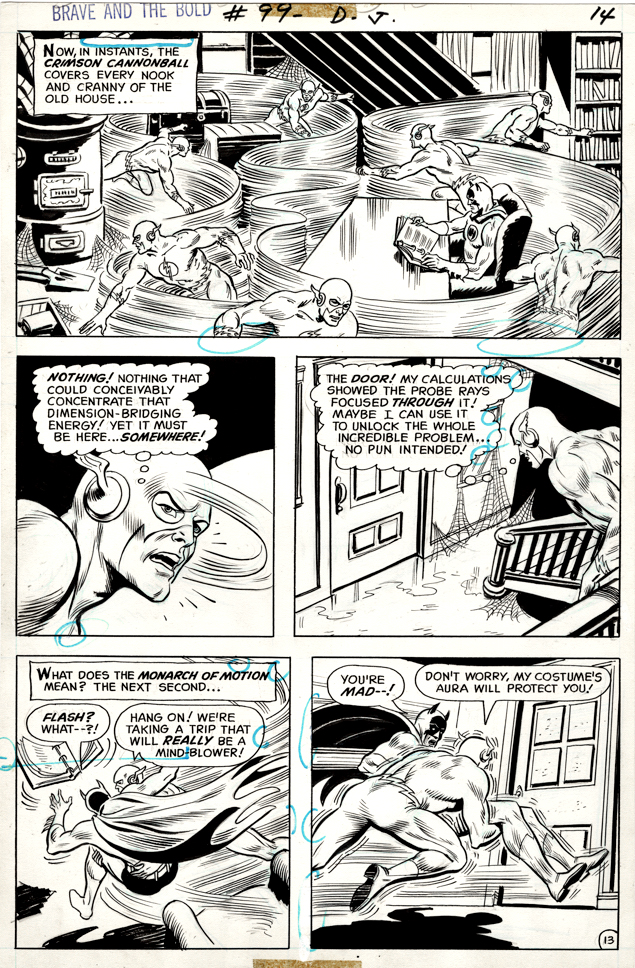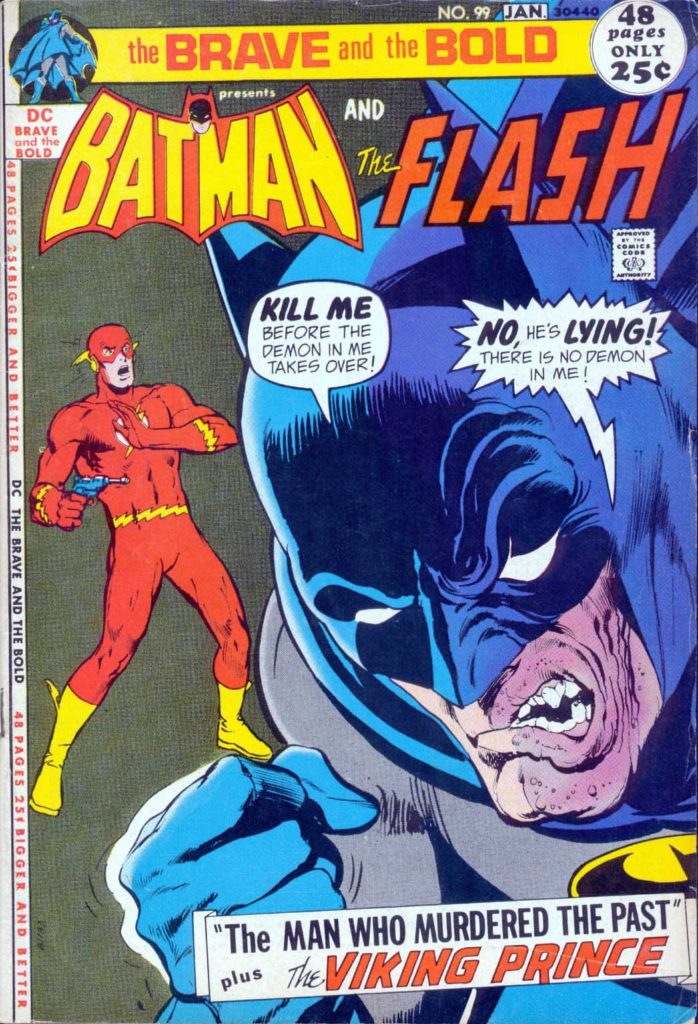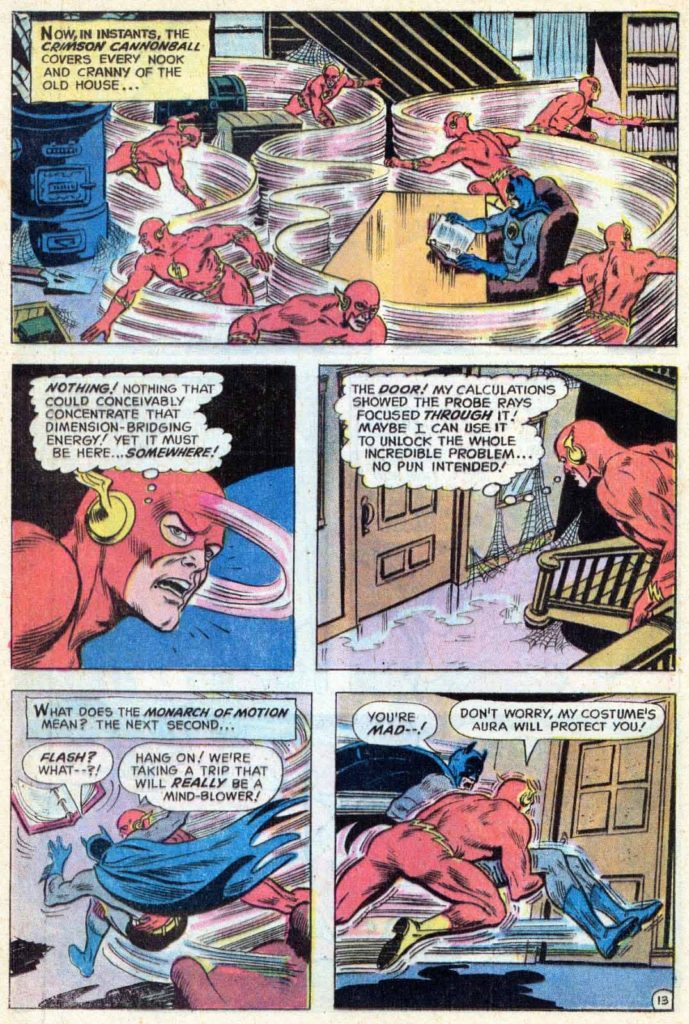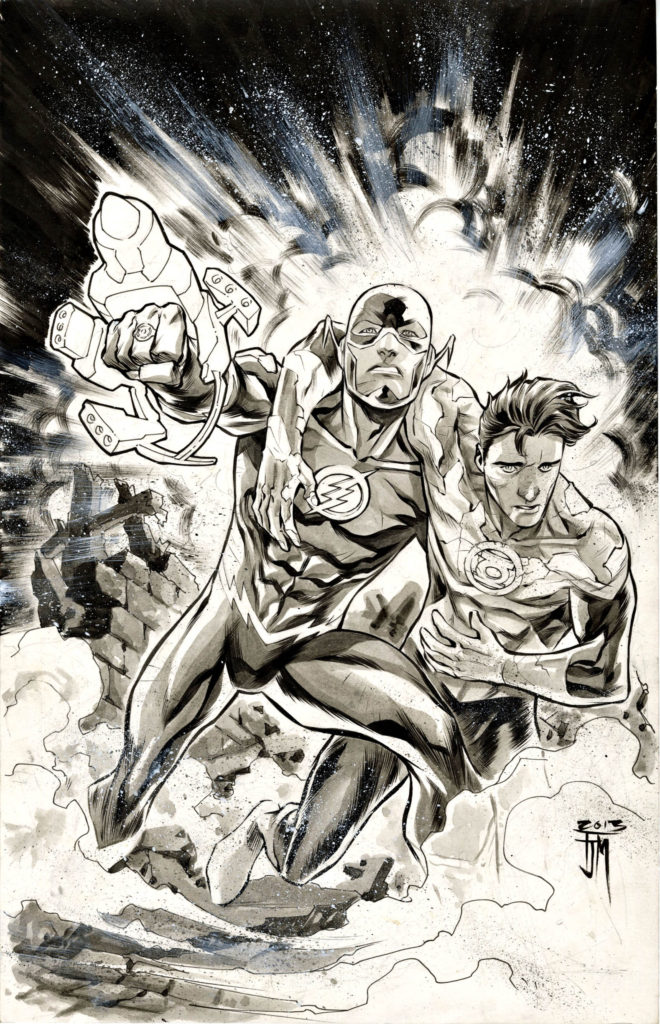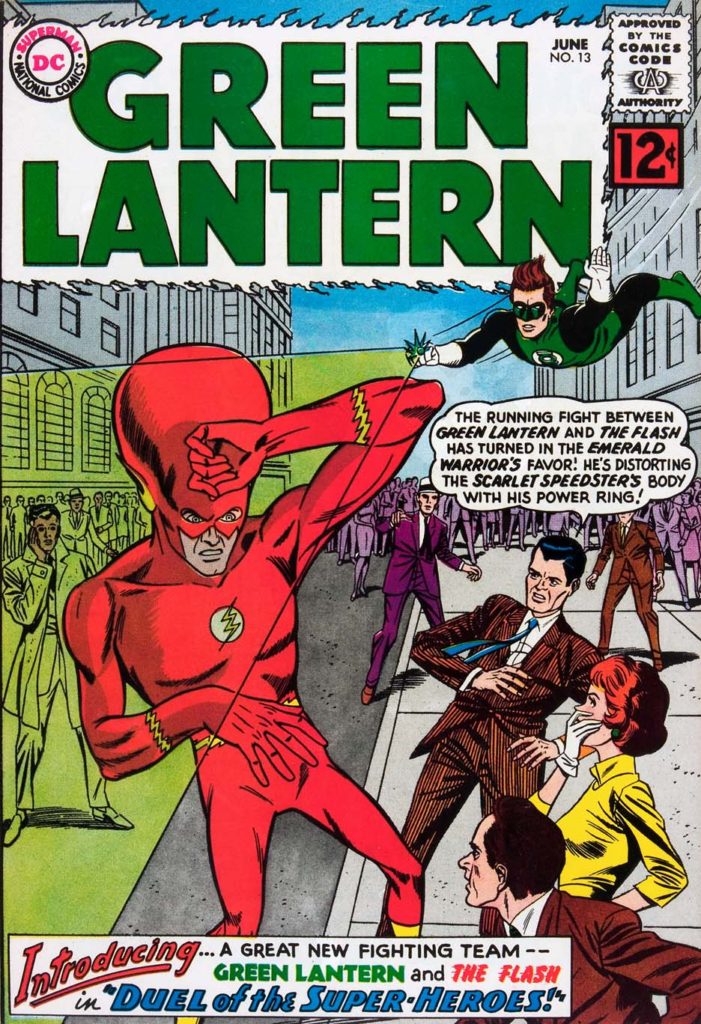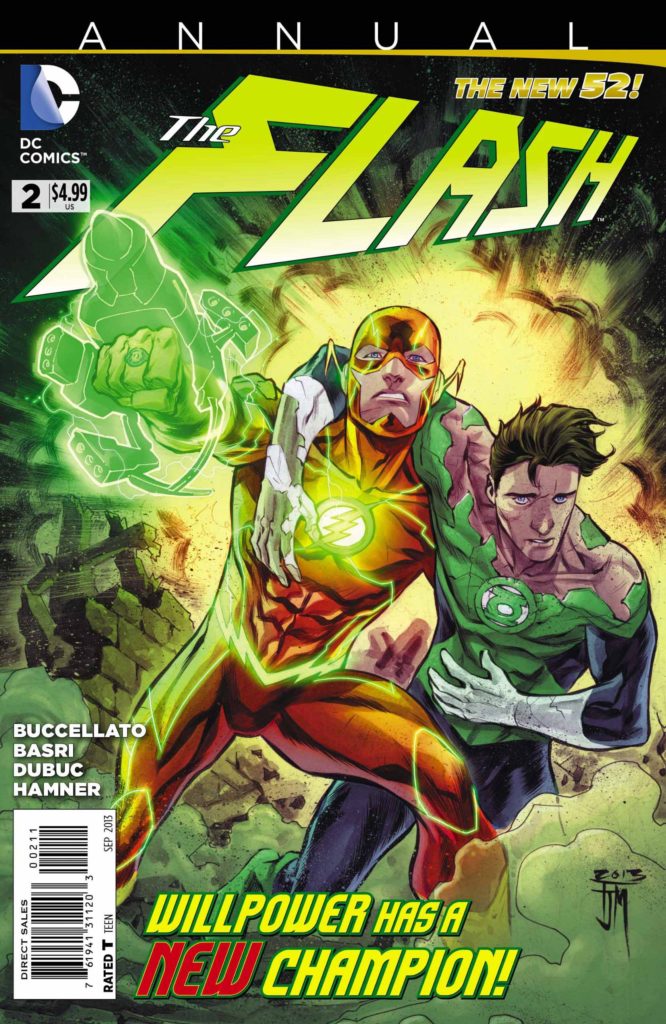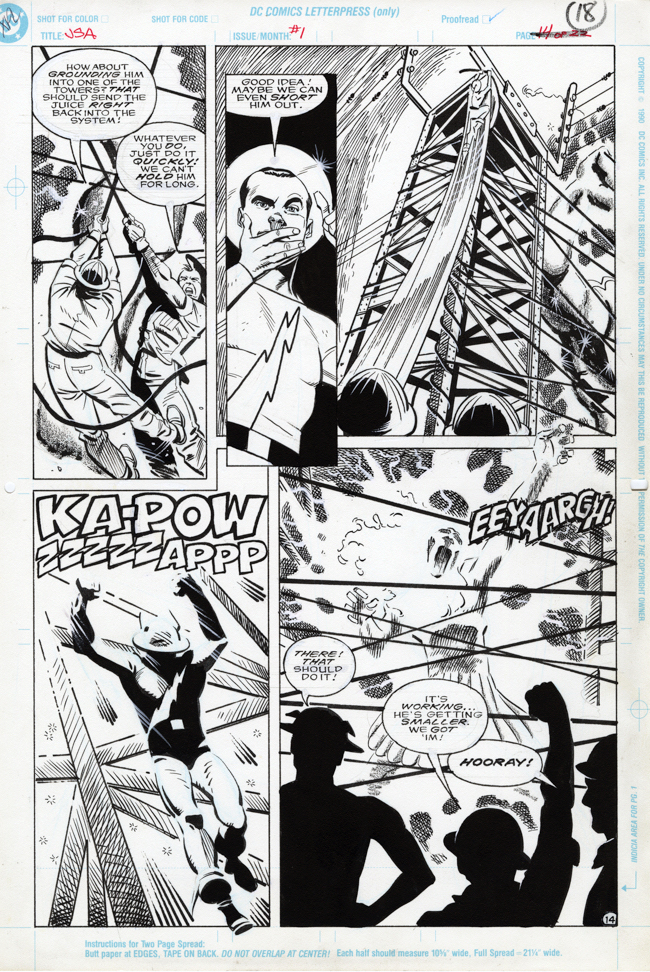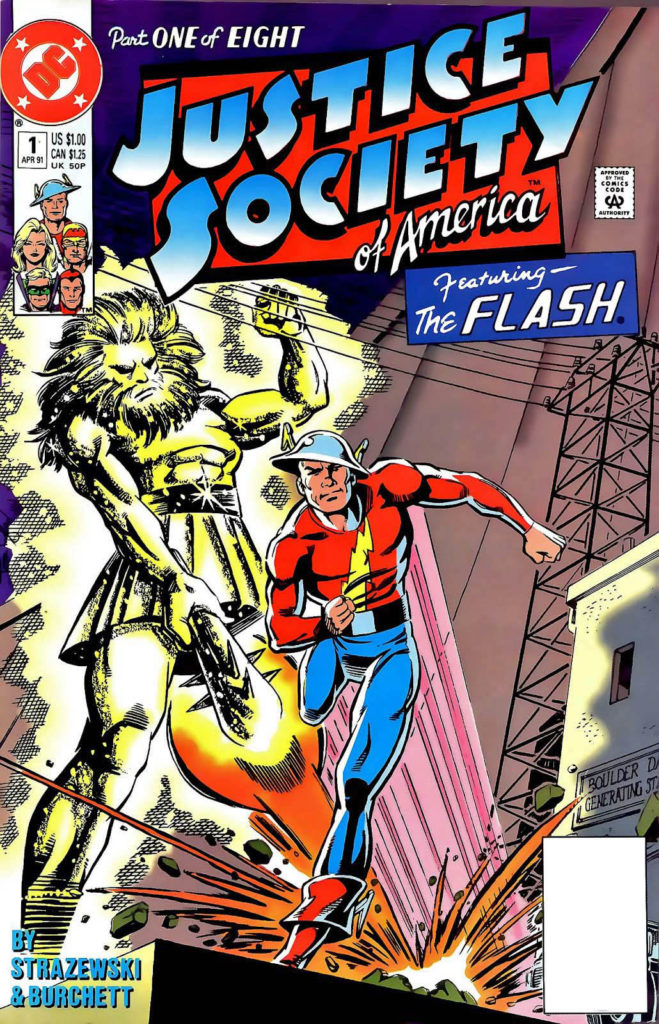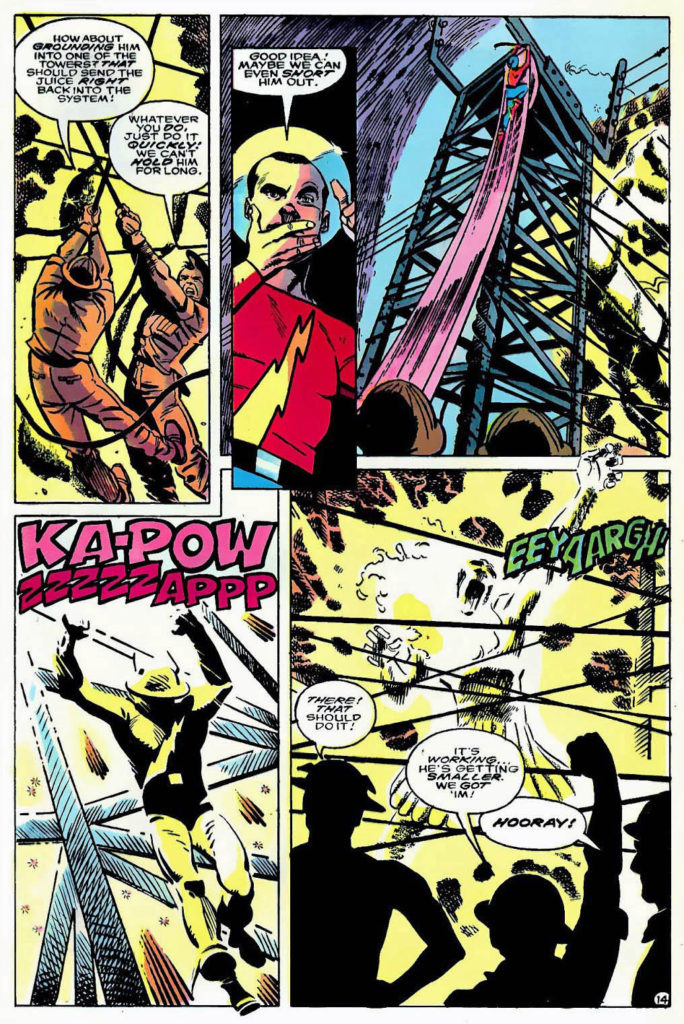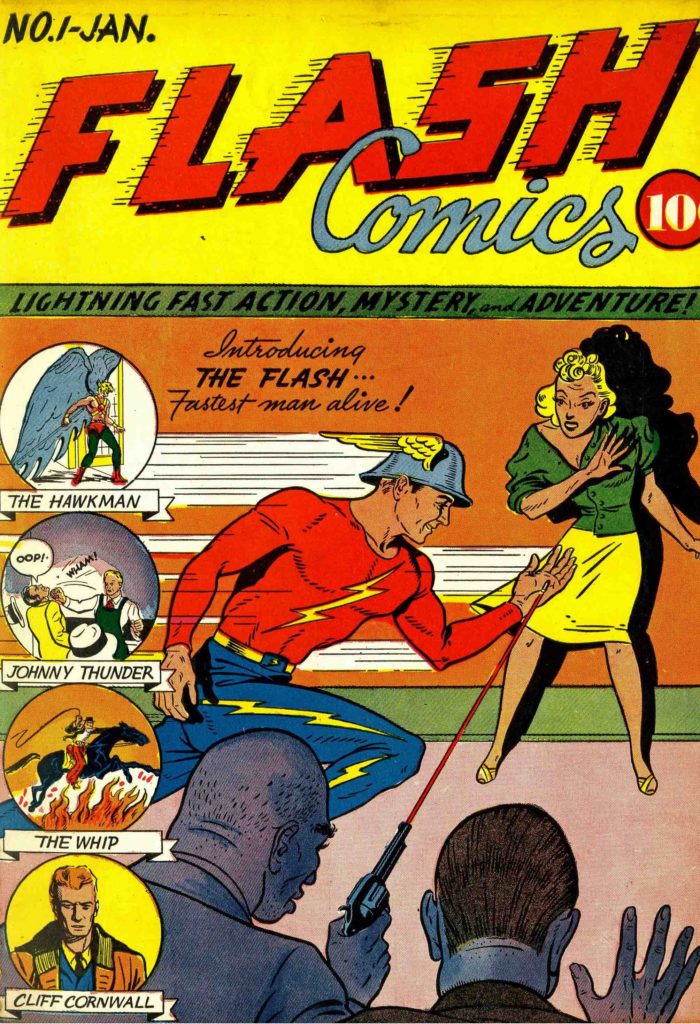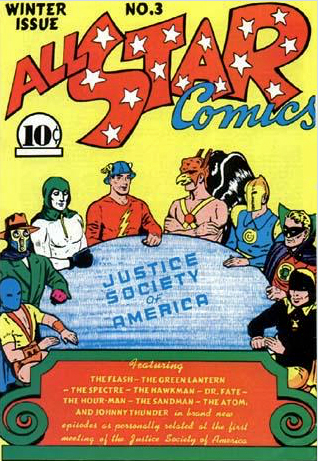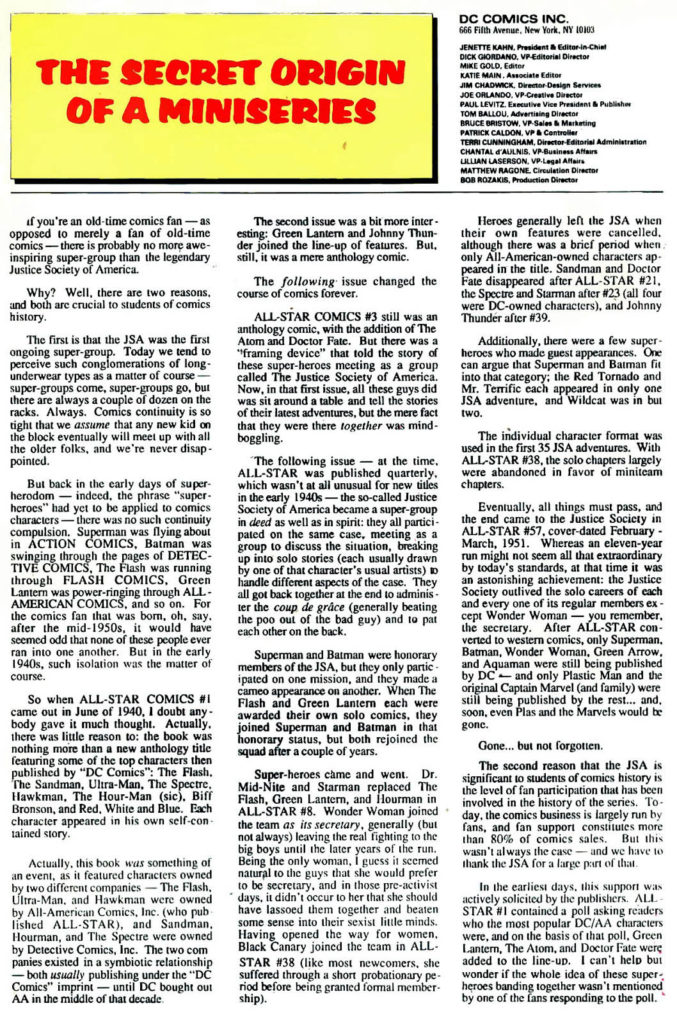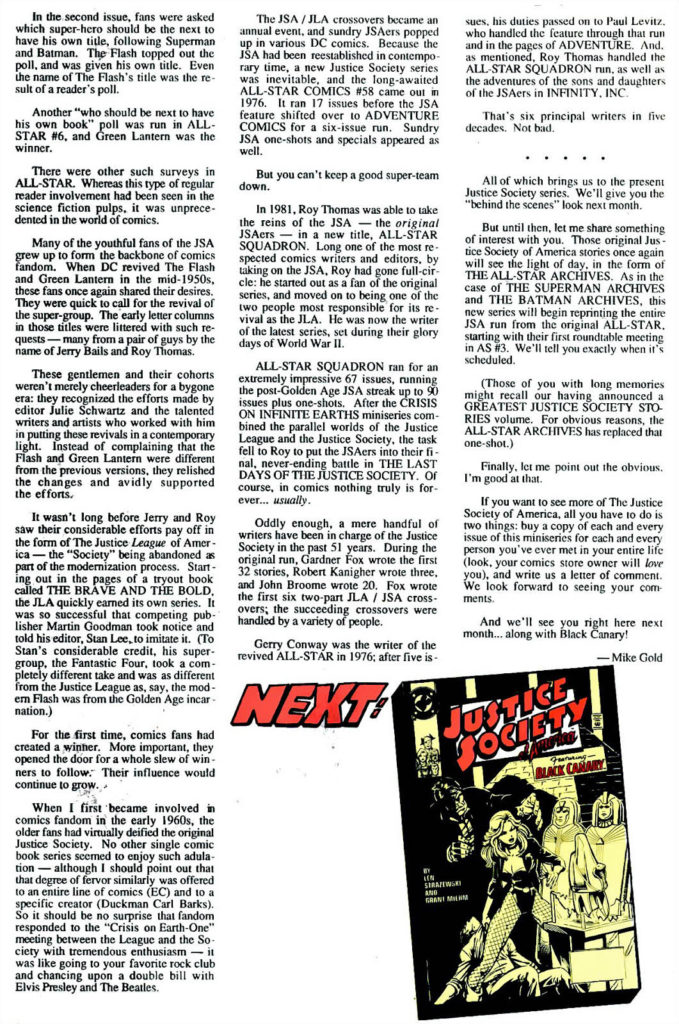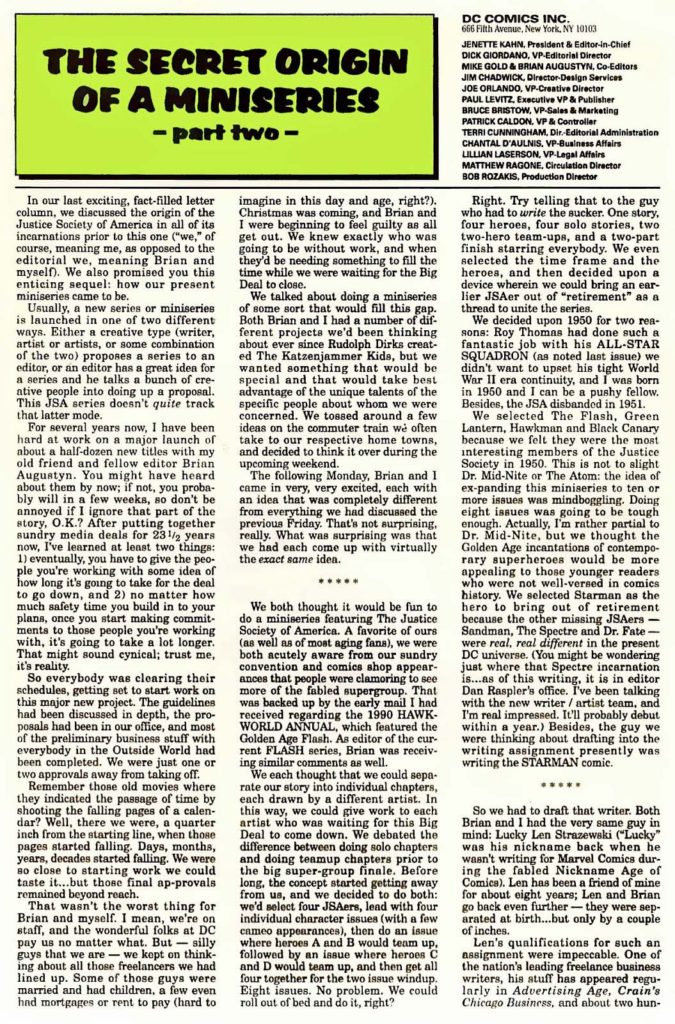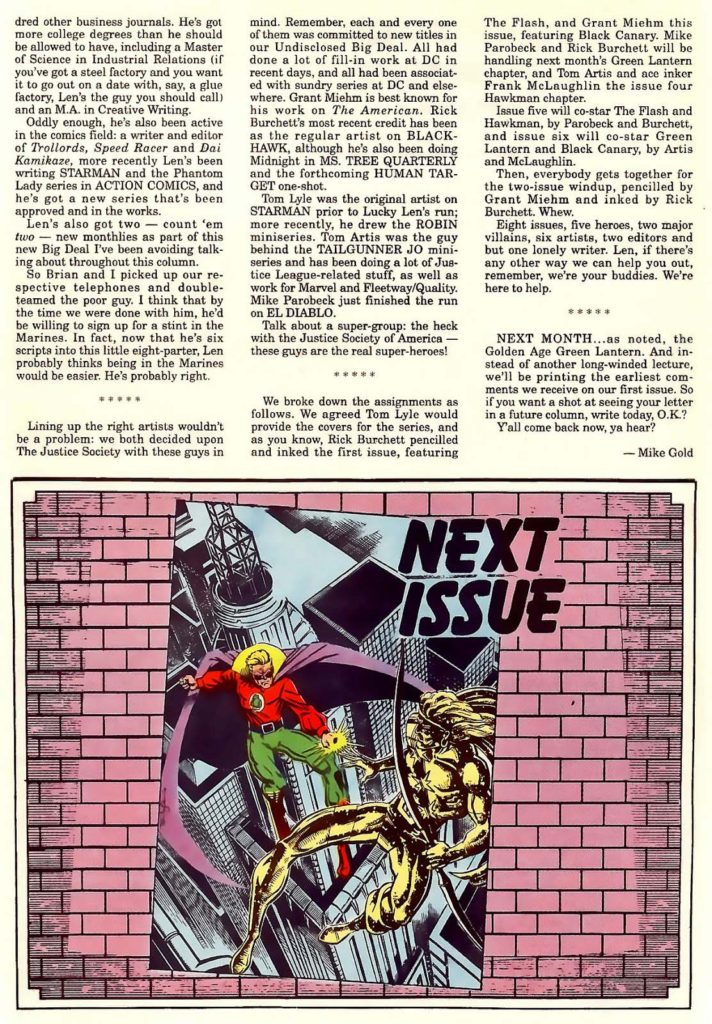Rober Quijano — Infantino’s Great Race
Recreation, Superman #199 Cover, 2005 (Original By Carmine Infantino, August 1967)
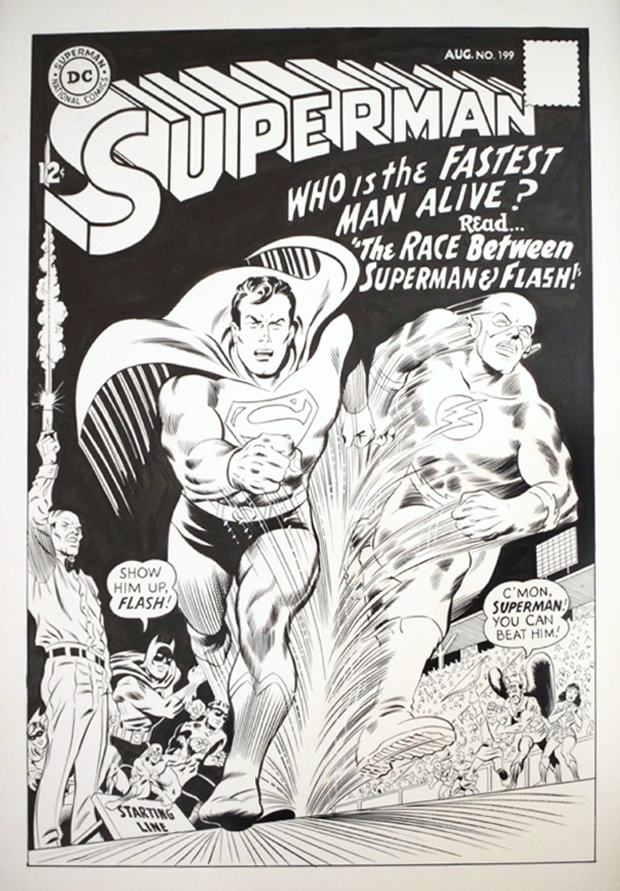
I read, and re-read, a handful of comics over and over again as a little kid. Avengers Annual #1 and #2 both come to mind, as do a few other annuals and specials. The first JLA/JSA crossover I discovered (JLA #56 and #57) was a favorite story, and I remember both Batman #200 and Superman #200 fondly.
But Superman #199? That was definitely my most frequent go-to. It doesn’t hurt that Carmine Infantino’s cover (Murphy Anderson on inks) is definitely my favorite (non-Neal Adams) DC cover of all time.
Fast-forward to about 15 years ago, just when I started getting my toes wet in the original art collector’s market again. My pal, Pete Koch (art collector/dealer/aficionado) and I are about to complete an art swap when I see that he has this stunning cover recreation by Rober Quijano in a stack of pages.
Trade completed.
Thanks, Pete.
Not-so-fun Fact: The scanned image doesn’t do the art justice, because I couldn’t remove the art from the frame without destroying it. Sad!
